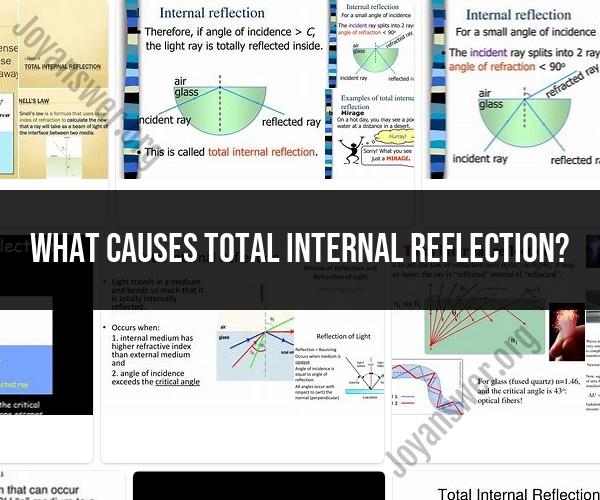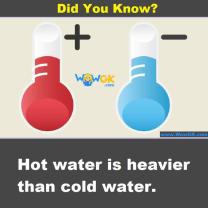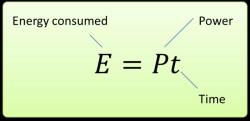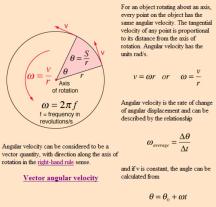What causes total internal reflection?
Total internal reflection is a phenomenon that occurs when light traveling through one medium (like glass or water) encounters a boundary with another medium (like air) at an angle of incidence greater than the critical angle. This phenomenon is primarily caused by the differences in the refractive indices of the two media and the geometry of the light's path. Here's a breakdown of the key causes:
Change in Refractive Index: When light passes from one medium to another, its speed and direction change due to differences in the refractive indices of the two media. The refractive index (n) is a measure of how much light slows down as it enters a material. Higher refractive indices indicate slower light speeds in the material.
Angle of Incidence: Total internal reflection occurs when the angle of incidence (the angle between the incoming light ray and the normal to the boundary) is greater than a critical angle specific to the two media. This critical angle is determined by the refractive indices of the two media.
Refractive Index Discrepancy: Total internal reflection is more likely to occur when there is a significant difference in refractive indices between the two media. The larger the refractive index discrepancy, the smaller the critical angle.
Light Path Geometry: The geometry of the light's path plays a crucial role. If light is traveling from a medium with a higher refractive index (e.g., glass) to one with a lower refractive index (e.g., air) and the angle of incidence exceeds the critical angle, the light is entirely reflected back into the higher refractive index medium rather than refracted into the lower refractive index medium.
Absence of External Forces: For total internal reflection to occur, there should be no external forces or factors, such as the presence of a prism or lens, that would alter the path of the light. It typically occurs at a boundary between two transparent media.
Total internal reflection has various practical applications, including in optical fibers, binoculars, and prismatic devices, where it allows for the controlled and efficient propagation of light. It is a fundamental principle in optics and is used in many optical technologies.











